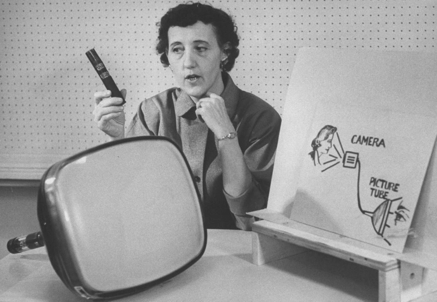One of the things I find most striking about discussion around technology’s “place” in schools is that adults treat technology as if it is a hot-potato bomb tossed around among young people. In some senses, I think it is a bit of a ticking bomb: when used in schools, new technologies show that society’s norms about their “appropriate” use are still being formalized. Moreover, when new technologies are used in the classroom, they reveal how both teacher authority and the construction of childhood are themselves unstable – schools are charged not only with the role of enforcing appropriate use of technologies, but they must also maintain that they offer an ideal learning environment for children. In classical sociologist Max Weber’s terms, schools’ current use of technology reveal cracks in teacher legitimacy, fueling a panic whereby parents and teachers suggest these technologically-infused settings are contrary to the needs of young people.
In a recent series of op-eds in the New York Times, Greg Simon argues that a Silicon Valley Waldorf School, one of a number of esteemed and very expensive K-12 schools here in the U.S., is a model for education because it privileges creativity and imagination over the infusion of technology in classroom instruction. For Simon, technology and childhood are dichotomous entities: technology serves only to debase kids’ need for free-spirited play. Moreover, because computer images, games, and ubiquitous technology dominate in the adult world, they serve as distractions to children and cannot “fit” in schools. more...

